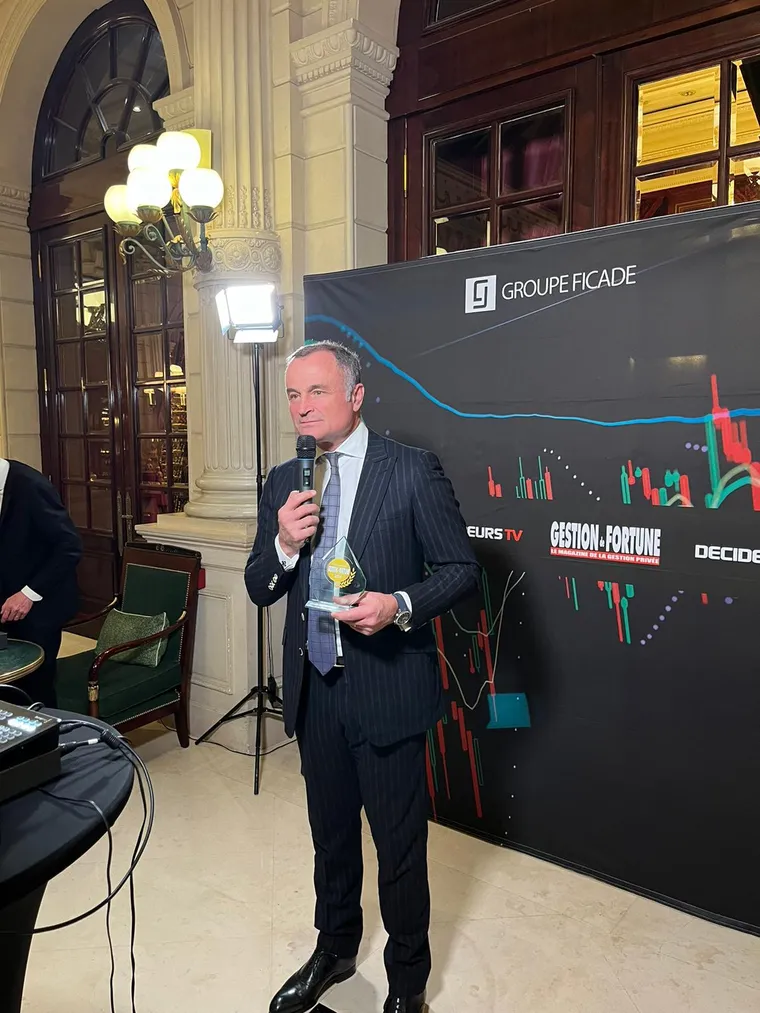Private Equity performance and risks

The risks of Private Equity

Private Equity's historic performance
Historical performance of Private Equity funds
Historical performance of top quartile funds
* Source: France Invest / EY (Performance Study 2021)
** Source: Pitchbook September 2023
Private Equity investment involves risks of liquidity and capital loss. Past performance is no guarantee of future results.
The 4 Private Equity segments

Private Equityvalue creation levers
Measuring Private Equity performance

Assuming that the fund realizes on average 2X its stake on each investment, it will generally return all the funds committed by its subscribers from the 7th year onwards.
Investors will therefore realize capital gains on their investments from year 8 onwards.
As fund units are not listed on a liquid market, investors cannot measure the profitability of their investment by the evolution of a stock market price.
The performance of a Private Equity investment is measured in terms of multiple of capital invested (MCI) and internal rate of return (IRR).
The life of a Private Equity fund

TVPI or fund multiple
TVPI = (Distributions versées + valeur estimée du portefeuille) / Montant total appelé.
Il se décompose en : TVPI = DPI + RVPI
Paid In : montant appelé auprès des investisseurs
DPI (Distribution to Paid In) : Montant distribué aux investisseurs rapporté à leurs investissements dans le fonds
RVPI (Residual Value to Paid In) : Juste valeur du fonds rapporté aux montants investis
TVPI > 1 :
La somme de la valeur du portefeuille et des distributions réalisées est supérieure au capital investi ; le fonds est donc en position de gain en capital.
TVPI < 1 :
Le fonds n’a pas encore créé de valeur.
Investment in Private Equity involves risks of liquidity and capital loss. Past performance is no guarantee of future results.

TRI or IRR

The net IRR is the IRR realized by a subscriber on his investment in a fund.
It considers:
Insofar as flows are full and net for the investor, this rate is net of management fees and carried interest.
The net asset value of a PE portfolio (otherwise known as Net Asset Value) is calculated as follows:
Private Equity investments entail risks of liquidity and capital loss. Past performance is no guarantee of future results.
Calculating Private Equity performance
Institutional-quality Private Equity now available in French life insurance and PER - Assurance.
Every year, we build a highly diversified, high-performance, turnkey global Private Equity portfolio.
Invest in private equity like the biggest institutional investors
A multi-million-dollar global private equity offering is in the pipeline.
Private Equity news
FAQ
Investing in Private Equity entails risks, particularly in terms of liquidity and capital loss. Find out more about the main risks associated with Private Equity investing on our Private Equity Performance and Risks page.





















